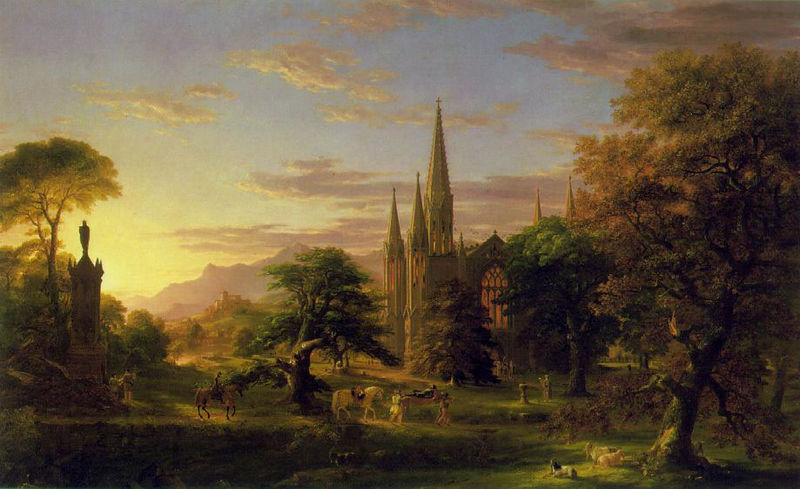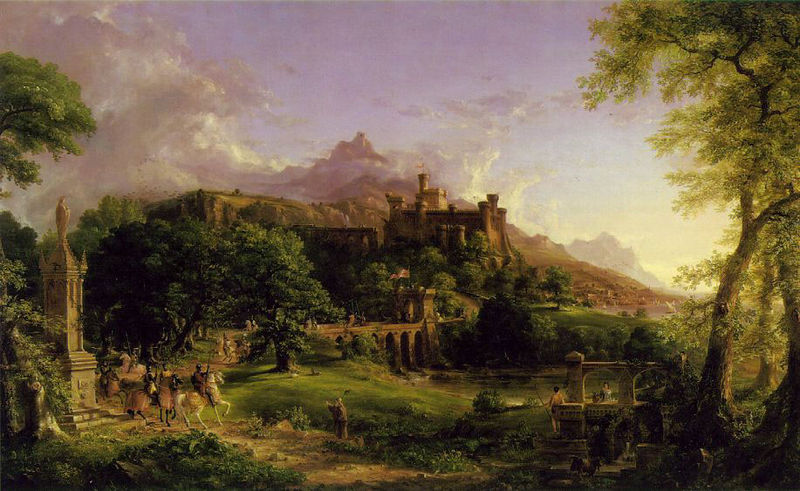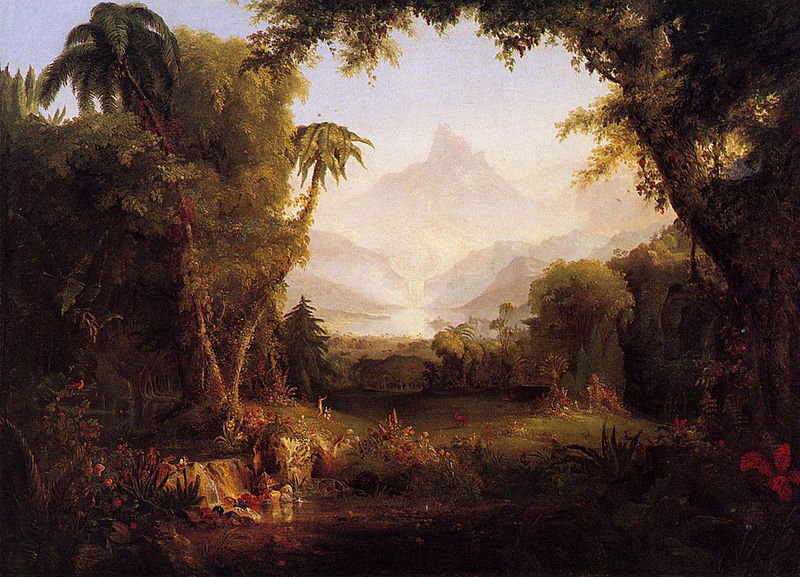Thomas Cole (1801 – 1848)
Get a Cole Certificate of Authenticity for your painting (COA) for your Cole drawing.
For all your Cole artworks you need a Certificate of Authenticity (COA) in order to sell, to insure or to donate for a tax deduction.
Getting a Cole Certificate of Authenticity (COA) is easy. Just send us photos and dimensions and tell us what you know about the origin or history of your Cole painting or drawing.
If you want to sell your Cole painting or drawing use our selling services. We offer Cole selling help, selling advice, private treaty sales and full brokerage.
We have been authenticating Cole and issuing certificates of authenticity since 2002. We are recognized Cole experts and Cole certified appraisers. We issue COAs and appraisals for all Cole artworks.
Our Cole paintings and drawings authentications are accepted and respected worldwide.
Each COA is backed by in-depth research and analysis authentication reports.
The Cole certificates of authenticity we issue are based on solid, reliable and fully referenced art investigations, authentication research, analytical work and forensic studies.
We are available to examine your Cole painting or drawing anywhere in the world.
You will generally receive your certificates of authenticity and authentication report within two weeks. Some complicated cases with difficult to research Cole paintings or drawings take longer.
Our clients include Cole collectors, investors, tax authorities, insurance adjusters, appraisers, valuers, auctioneers, Federal agencies and many law firms.
We perform Thomas Cole art authentication, appraisal, certificates of authenticity (COA), analysis, research, scientific tests, full art authentications. We will help you sell your Thomas Cole or we will sell it for you.

The Course of Empire, Destruction 1836
Thomas Cole was a nineteenth century American artist; he is regarded as the founder of the Hudson River School, an American art movement that flourished in the mid-19th century and was concerned with the realistic and detailed portrayal of nature.

The Return 1837
He was born in Bolton, Lancashire, England. In 1818 his family emigrated to the United States, settling in Steubenville, Ohio, where Cole learned the rudiments of his profession from a wandering portrait painter named Stein. However, he had little success painting portraits, and his interest shifted to landscape. Moving to Pittsburgh in 1823 and then to Philadelphia in 1824, where he drew from casts at the Pennsylvania Academy of the Fine Arts, he rejoined his parents and sister in New York City early in 1825.

The Departure, 1837
In New York he sold three paintings to George W. Bruen, who financed a summer trip to the Hudson Valley where he visited the Catskill Mountain House and painted the ruins of Fort Putnam. Returning to New York he displayed three landscapes in the window of a bookstore, where as recounted in the pages of the New York Evening Post they attracted the attention of the painter John Trumbull, who sought him out, bought one of his canvases, and put him into contact with a number of his aristocratic friends including Robert Gilmor of Baltimore and Daniel Wadsworth of Hartford, who became important patrons of the artist.

The Present 1838
Cole was primarily a painter of landscapes, but he also painted allegorical works. The most famous of these are the five-part series, The Course of Empire, now in the collection of the New York Historical Society and the four-part “Voyage of Life.” There are two versions of the latter, one at the National Gallery in Washington, D.C., the other at the Munson-Williams-Proctor Arts Institute in Utica, New York.

The Past 1838
Cole influenced his artistic peers, especially Asher B. Durand and Frederic Edwin Church, who studied with Cole from 1844 to 1846. Cole spent the years 1829 to 1832 and 1841-1842 abroad, mainly in England and Italy; in Florence lived with the sculptor Horatio Greenough.

The Garden of Eden 1828
After 1827 he maintained a studio at the farm called Cedar Grove in the town of Catskill, New York. He painted a significant portion of his work in this studio. In 1836 he married Maria Bartow of Catskill, a niece of the owner, and became a year-round resident. He died at Catskill on February 11, 1848. The fourth highest peak in the Catskills bears his name.

Daniel Boone Sitting at the Door of His Cabin on the Great Osage Lake, Kentucky, 1826
Cole dabbled in architecture, a not uncommon practice at the time when the profession was not so codified. Cole was an entrant in the design competition held in 1838 to create a new state government building in Columbus, Ohio. His entry won third premium, and many contend that the finished building, a composite of the first, second and third place entries, bears a great similarity to Cole’s entry.

The Voyage of Life, Childhood 1842
Still wondering about a painting in your family collection? Contact us…it could be by Thomas Cole.
